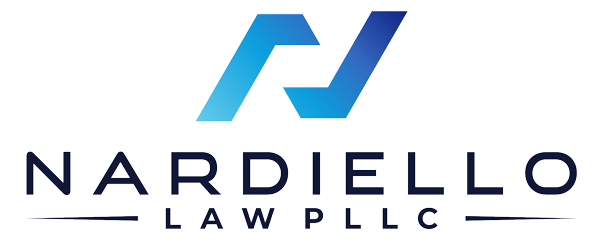In the vibrant city of New York, where culture and commerce intersect, nonprofit organizations, such as 501(c)(3)s promoting overseas culture, play a critical role in enriching the community. Sometimes these missions are supported by alliances with for-profit entities. While such partnerships can be fruitful, it’s important to navigate these waters carefully to maintain compliance with IRS regulations and safeguard your tax-exempt status.
Here are key guidelines to consider:
Understand the Difference in Missions: Your 501(c)(3) is established for the charitable purpose of promoting foreign culture, while the for-profit corporation or LLC’s goal is to generate profit. Ensure that each entity’s activities align with its mission, and remember, the nonprofit cannot operate for the benefit of private interests.
Activity and Benefit Alignment: Any cooperative activities should advance your nonprofit’s exempt purposes. The nonprofit should not be perceived as an extension of the for-profit or operating for its benefit. This could include sharing educational resources or co-hosting cultural events that clearly serve the nonprofit’s educational mission.
Maintain Separate Finances: It’s important to keep distinct financial records and bank accounts for each organization. While they may share resources, each transaction should reflect a fair exchange of value, ideally at arm’s length and at market rates.
Document Agreements: Any shared services or facilities should be formalized with clear, written agreements specifying terms that demonstrate fairness and are consistent with what independent parties would negotiate.
Avoid Excess Benefit Transactions: Ensure that the nonprofit does not engage in “excess benefit transactions,” where it provides a benefit to insiders (like founders, board members, or their families) beyond what is fair and reasonable.
Arm’s Length Dealings: If the for-profit provides goods, services, or facilities to the nonprofit, or vice versa, ensure the terms are at arm’s length and reflect fair market value to avoid the perception or reality of improper benefit.
Issue Proper Donation Acknowledgments: If organizing fundraising events, acknowledge donations appropriately. Donations should go directly to the nonprofit and not through the for-profit entity.
Adhere to Advertising and Sponsorship Rules: If the corporation or LLC sponsors events of the 501(c)(3), understand the distinction between qualified sponsorship payments, which are okay, and advertising, which could generate unrelated business taxable income (UBTI) for the nonprofit.
Conflict of Interest Policy: Adopt and enforce a conflict of interest policy to help identify and address situations where a person’s personal interests may compete with those of the nonprofit.
Public Transparency: Be transparent with the public about the relationship between the organizations to maintain trust.
Regular Legal Compliance Reviews: Consult regularly with a tax attorney or a CPA specializing in nonprofit law to ensure ongoing compliance and to address any new activities or changes in the law.
Conclusion: Partnerships between 501(c)(3) nonprofits and for-profit entities, when handled with diligence and transparency, can significantly benefit the community and further the nonprofit’s charitable mission. By following these guidelines, your organization can both stay within the good graces of the IRS and flourish as a cultural pillar in New York’s cultural community.
Disclaimer: This article provides general information and should not be taken as legal advice. For specific guidance, please consult a lawyer or tax professional.

